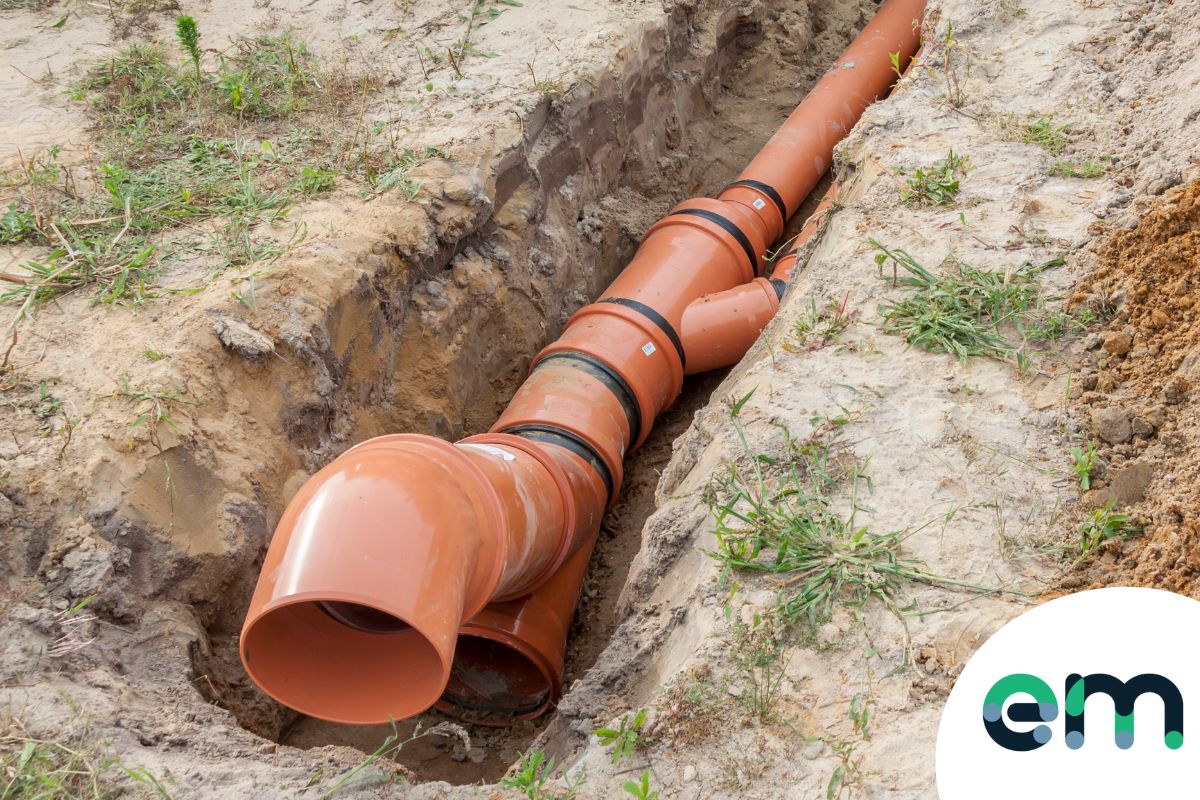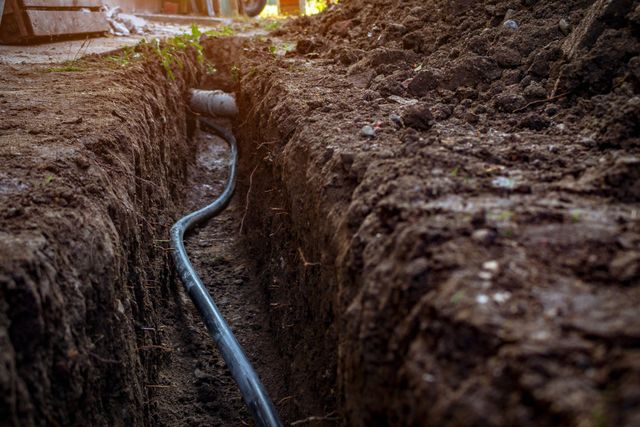Preventative of Everyday Plumbing Problems in Your Home: A Step-by-Step Guide
Preventative of Everyday Plumbing Problems in Your Home: A Step-by-Step Guide
Blog Article
We've unearthed this article on Common Plumbing Problems and How to Prevent Them down the page on the internet and felt it made sense to talk about it with you on this site.

Introduction
Keeping a practical plumbing system is important for a comfortable home. By taking preventive measures, you can stay clear of typical plumbing issues that may disrupt your day-to-day live and incur costly repairs.
Screen Water Stress
Watch on your water stress to stop stress and anxiety on your pipes and home appliances. High water stress can cause leakages and damages gradually. Take into consideration installing a stress regulatory authority to maintain optimum water stress throughout your home.
Inform House Members
Inform everyone in your house concerning appropriate plumbing techniques. Teach them what should and shouldn't be purged or taken care of away to avoid avoidable plumbing issues.
Protect Pipes from Cold
Throughout winter, take steps to avoid your pipes from freezing. Shield subjected pipelines, especially those in unheated locations like cellars and attic rooms. Allow faucets to drip throughout freezing temperature levels to prevent water from freezing in the pipes.
Address Leakages Without Delay
Attend to any kind of leakages or trickles as quickly as you notice them. Even minor leakages can drainage and create damages to your home over time. Tighten up loose installations or change worn-out seals to stop leaks from intensifying.
Normal Maintenance Checks
On a regular basis evaluating your plumbing system is important for recognizing potential issues before they rise. Check pipelines, faucets, toilets, and home appliances for leakages, corrosion, or indications of deterioration.
See What You Flush
Bear in mind what you flush down your commodes. Avoid flushing things such as wipes, cotton balls, hygienic items, and paper towels, as these can create clogs and backups in your pipelines.
Correct Disposal of Grease and Food Waste
Dispose of oil, oils, and food scraps appropriately to stop buildup in your pipelines. Prevent pouring oil down the drain, as it can solidify and cause obstructions. Use a strainer in your cooking area sink to capture food bits and vacant it frequently.
Be Gentle with Plumbing Fixtures
Prevent making use of extreme pressure when running plumbing components such as taps and shutoffs. Rough handling can create damage, causing leakages and other breakdowns.
Normal Drain Cleaning
Arrange normal drainpipe cleaning to stop build-up of hair, soap scum, and various other debris. Make use of a drainpipe serpent or enzymatic cleaner to eliminate blockages and maintain smooth water drainage.
Install Water Softeners
Think about mounting a water softener if you have difficult water. Tough water can create mineral build-up in your pipes and appliances, bring about minimized water circulation and efficiency.
Final thought
Avoiding common plumbing issues in your house requires persistance and normal upkeep. By following these safety nets, you can ensure that your plumbing system runs efficiently and avoid costly repairs in the future.
Expert Tips for Preventing Common Plumbing Issues
Keep Drains Clear and Functional
Regularly clean drain covers and hair-catching devices to eliminate debris and prevent buildup. Avoid disposing of grease, oil, or coffee grounds down your drains, as they can congeal and accumulate over time, creating obstructions. Consider using a biodegradable drain cleaner periodically to break down organic matter and maintain clear pipes. Prevent and Identify Leaks Early
Regularly inspect visible plumbing connections, pipes, and fixtures for signs of moisture or corrosion. Fix loose connections or replace damaged components as needed. Install water leak sensors in high-risk areas such as under sinks, near water heaters, and around washing machines to provide early warning of potential leaks. Monitor your water bill for sudden increases in usage, which may indicate a hidden water leak. Protect Plumbing from Freezing Temperatures
Allow faucets to drip slightly during extremely cold weather to prevent freezing and pressure buildup inside the pipes. Seal gaps and openings in walls, doors, and windows near plumbing to prevent drafts from reaching your pipes. Maintain Optimal Water Heater Performance
Schedule annual professional maintenance of your water heater, including checking pressure-relief valves, flushing sediment buildup, and inspecting for corrosion or leaks. Maintain the manufacturer-recommended temperature setting, typically around 120°F (49°C), to optimize energy efficiency and prevent scalding. Consider installing an expansion tank in your system if you have a closed-loop water supply, which prevents excessive pressure buildup and potential water heater failure. https://www.climatecontrolkc.com/blog/plumbing/tips-for-preventing-plumbing-issues/

We were guided to that article on How to Deal With and Prevent Common Plumbing Problems from a friend on our other blog. Loved our piece of writing? Please quickly share it. Help another person discover it. I recognize the value of your readership.
Call Report this page